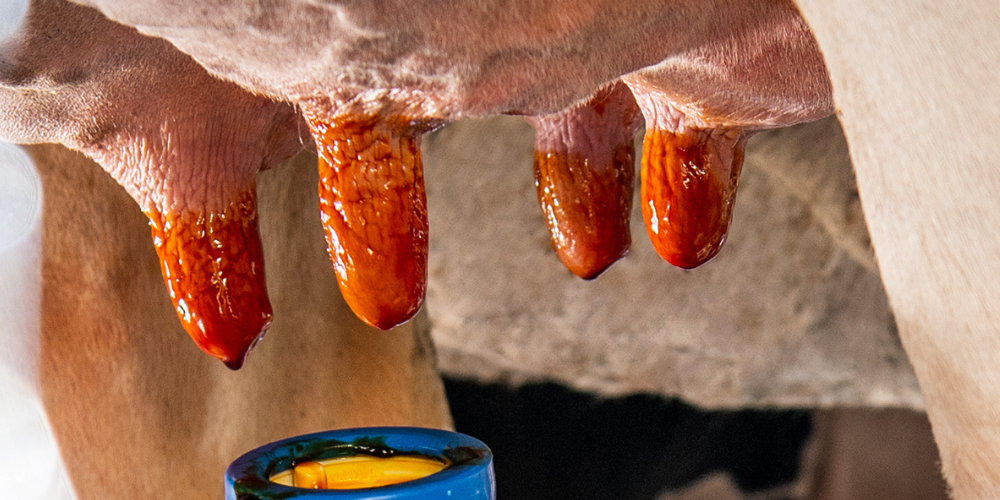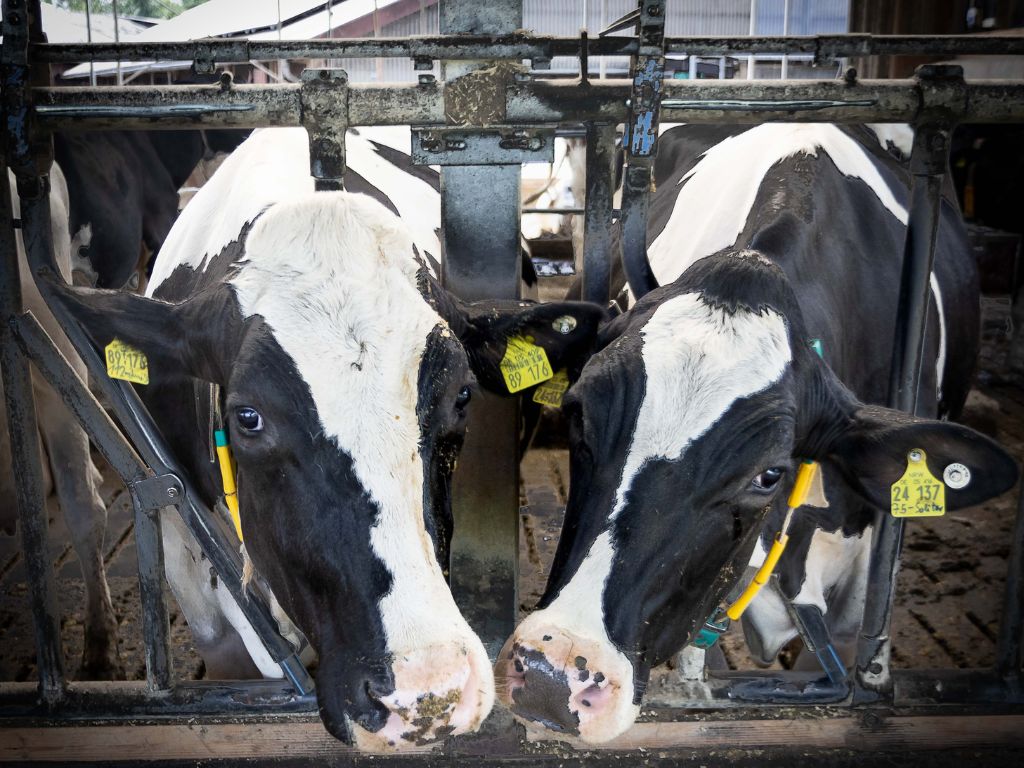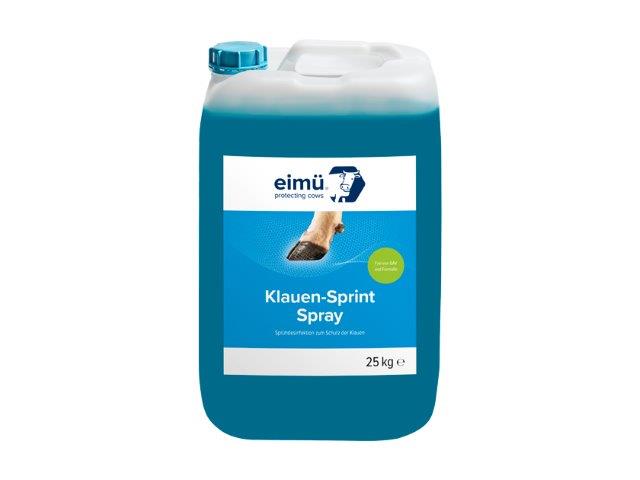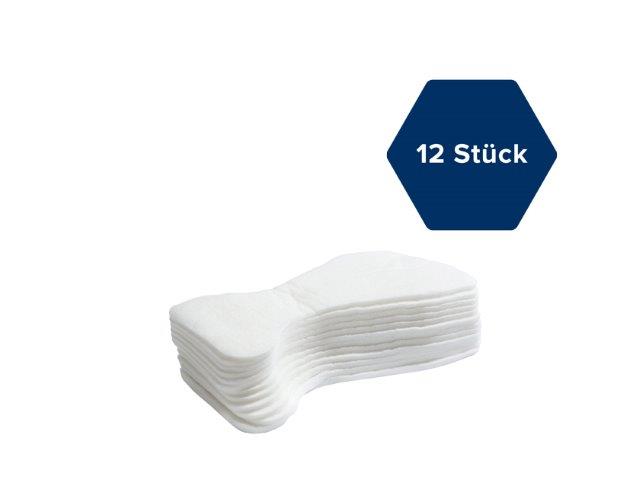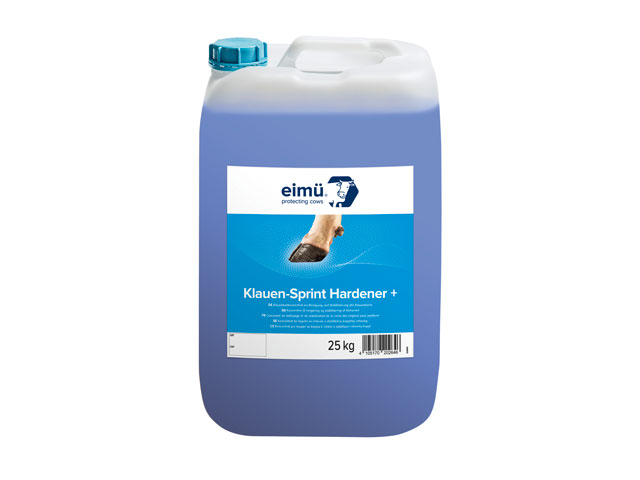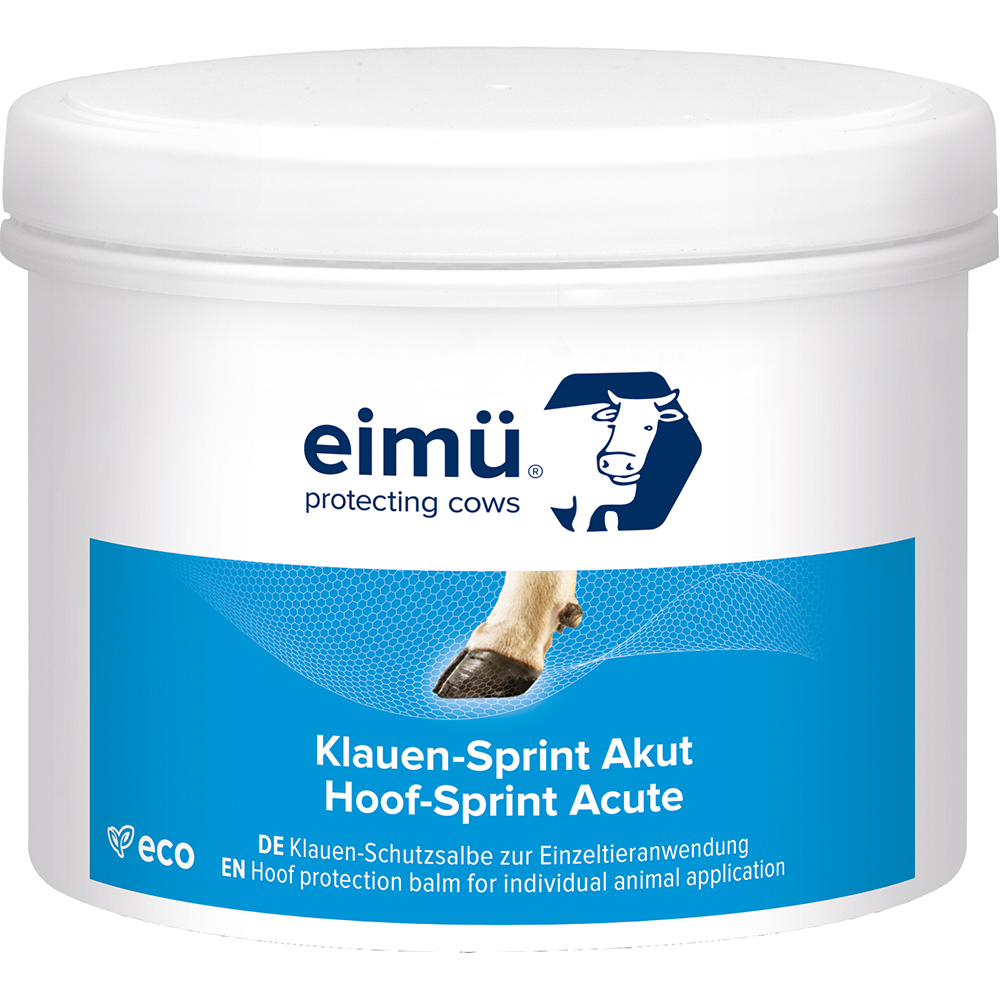Claw diseases are one of the most common reasons for cattle to die. Claw protection and keeping the hoof healthy are therefore an important aspect of cattle farming. To be able to act correctly, it is important to be familiar with the anatomy of the claw.
As claw problems often have a multifactorial origin, the importance of claw diseases and the factors influencing claw health must be recognised. This is the only way to successfully recognise and implement preventive measures.
Anatomical basics of the claw
Optimum claw health is the basis for efficient and economical milk production. Prolonged walking or standing on hard ground is not part of the natural behaviour of cows. Various anatomical structures are summarised under the generic term claw. These essentially include bony components, tendons and ligaments as well as the actual horn capsule that surrounds the claw for protection. The horn capsule is constantly renewed throughout a cow's life in order to counteract mechanical abrasion processes. The horn layer is built up so strongly that it can bear the body load without damaging the underlying, more sensitive layers. The outer, protective horny layer is followed by various layers of skin on the inside, which are responsible both for the formation of new horn and for nourishing the already formed horn. The inner bony part consists of a total of four different components, which are connected to each other by various tendons and ligaments. The inner part of the claw is usually very well supplied with blood and thus ensures the supply of nutrients. The claw is subject to constant biomechanics as a result of the animal's weight bearing. The soft pad yields under load and causes the claw to expand. When the claw is subsequently relieved, the pad contracts again. This mechanism is extremely important for the optimal function of the claw.
Significance of claw diseases
It is assumed that up to 80 % of the animals in a loose housing herd show some kind of changes to their hooves. Although these do not always necessarily lead to lameness, they certainly reduce the well-being of the animals and therefore also the profitability of the farms.
On the one hand, the costs of claw diseases are already directly visible through an increased frequency of treatment or increased veterinary costs. On the other hand, there are also indirect costs resulting from the influence of claw diseases on the general well-being of the animals. Cows with hoof problems lie longer, spend less time at the feed table and therefore tend to be less productive. Numerous studies have shown that moderate lameness reduces dry matter intake by up to three per cent on average and that the average milk yield is reduced by an average of five per cent as a result. Claw diseases also play an important role with regard to fertility: lame animals show their oestrus less pronounced, are therefore not recognised in time for insemination and thus cause poorer fertility figures. Only a maximum of 10 % lame animals in a herd is economically tolerable. In the interests of animal welfare, however, the figure should be significantly lower.
Did you know that...
...hoof problems are one of the three most important causes of disposals?
...the costs of claw diseases are categorised as direct and indirect?
...the economic importance of lame animals is enormous?
Factors influencing claw health
In general, the factors influencing claw health can be divided into the following four areas:
Feeding that is not appropriate for ruminants can have an enormous negative impact on claw health in a herd. This includes factors such as ration design, feeding intensity and feed quality. However, a lack of certain nutrients can also contribute to a deterioration in the claw status of a herd.
When it comes to environmental factors, the climate and the condition of the walking surfaces play a particularly important role in terms of hoof health. Wet and dirty walking surfaces pose a high risk of infection, as claw-specific pathogens can spread and be transmitted easily. At the same time, a damp environment reduces the dry matter content of the horn, making the hoof more susceptible to pathogens
In addition to age and genetics, the level of performance also plays a role. In general, the more stressed the individual animal is due to previous illnesses or immunosuppression, the higher the risk of claw diseases. For example, animals often show a higher risk of claw problems in the period close to birth.
The management of the animals reflects the influencing factor with the greatest possible and quickest realisable impact. Regular animal observation and individualised animal treatment are essential.Preventive measures
An optimal prevention strategy must always be seen as a holistic operating concept. All influencing factors must be considered and optimised if necessary. It is also important to regularly check and document the claw status of the herd so that an immediate response can be made if problems arise. Essential measures for optimising hoof condition in the herd include
- 3 x per year routine hoof trimming and treatment of conspicuous animals
- Keep claws clean by cleaning them regularly
- Non-adhesive box bedding
- Regular cleaning of the running surfaces
During individualised hoof care, attention should be paid to changes. Conspicuous animals must be treated and cared for correctly and continue to be observed. If necessary, the affected animals must also be retreated.
The use of hoof baths has proven itself in practice as a supportive measure. These can be applied to the entire herd quickly and with little effort. Depending on the properties/product, claw baths can stabilise the claw horn and thus protect the claw from environmental influences.
If the product is to have a disinfectant effect, it must be registered. This is usually done as a biocidal product with a corresponding registration number from the Federal Institute for Occupational Safety and Health. The use of over-the-counter veterinary medicinal products with an authorisation number from the Federal Office of Consumer Protection and Food Safety is also permitted. Claw baths without pharmacy-only ingredients can be used as cleaning and care products and aim to reduce the risk of diseases by optimising claw hygiene.
Did you know that...
...preventive measures have a major influence on hoof health?
...hygiene also plays an important role in claw diseases?
...eimü® has a tried and tested portfolio of special claw products for you?



